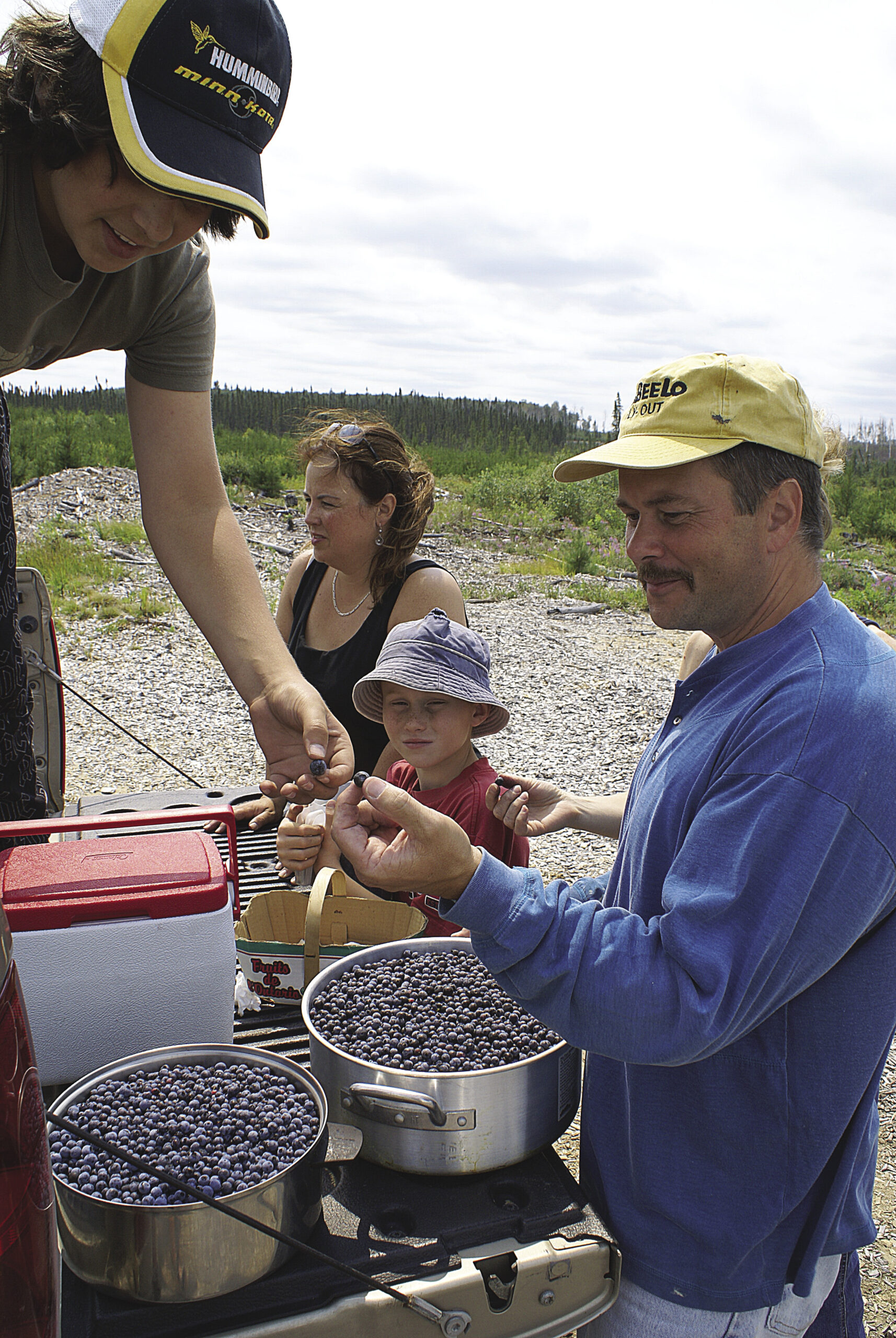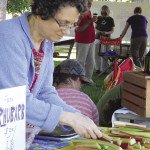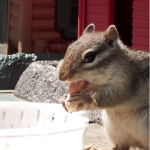Blueberry picking, when you examine all its elements, really should not be that popular. To pick this wild delicious fruit, you often have to drive long distances on bad, dusty roads. Then, when you get to the picking areas, it’s cold and buggy in the morning, followed by hot and sweaty in the afternoon. To top it all off, you need to be either stooped over, kneeling or sitting to properly pick. People of a certain age and height are especially uncomfortable in this position. Almost no other activity, outside of maybe fishing and hunting, delivers so many discomforts. Yet if you are a Northern Wilds blueberry picker, you accept this as the cost of doing business. And usually with a smile. Judging by the amount of interest there is in blueberry picking these days, the down sides are not really a factor.

Like so many in northwest Ontario, I grew up with blue berry picking. Sometimes the picking trips were taken only for the berries, other times they were mixed in with some trout fishing. I recall one outing where my father, brother and I took a summer excursion into the Dorion area. We were supposed to try and find a brook trout lake that was accessed via a power line, but I don’t remember making it to the lake. When we got to the opening, the berries were so thick and ripe the hillside glowed blue. There was some picking, and much eating, of wild, warm blueberries. The trout could wait.
Finding good berry patches, and getting the timing right to pick them, is something that can take a serious time commitment. The people I know who take their berry picking seriously spend a lot of time driving back roads and cut over areas looking for blueberry plants. There are many factors that can influence the quality of the crop including air temperature, late frost, precipitation and overall amount of sunlight. It is also no guarantee that a great berry picking spot one year will be good the next. Although there are areas that can be perennial, most wild berry patches seem to have a peak of just a couple of years. I’ve found logging cut-overs that are about 5 or 6 years post-harvest seem best, with the returns dwindling as the shrubs, trees and tall grass grow up. Berry picking in the northwest generally gets good at the end of July and will peak in early August. Some years, there are still good blue berries for picking well into September.
Almost everyone who picks blueberries has a method. People who don’t like to clean up leaves and sticks are generally careful about picking individual berries with no “junk.” Then there are those of us—ahem—who are “grabbers,” and peel off large clusters of berries at once. This fills a bucket faster, but means a lot more sorting out of excess leaves and un-ripe berries later. There are also those who treat berry patches like a wild farm field and use wire scoops to quickly thrash through the bushes. This is done to scoop up as many berries as possible in the shortest amount of time. The scoops work, but do a number on the blueberry bushes. These scoops aren’t for me, but to each their own.

When you go blueberry picking, especially for several hours at a time, you need to be prepared. Bring smaller buckets to pick with and have a cooler for dumping the full buckets. Bugs are a fact of life when you pick berries and they can be horrid. There will be mosquitoes and blackflies, as well as ticks, but during the heat of the summer, the horse flies can really drive you crazy. Generally, it is best to cover as much of your skin as possible as this will lower the odds of both sunburn, and being drilled by bugs. However, horseflies have been known to bite through clothing so a repellant of some sort is a must. A DEET-based bug dope is best, but if you are picking in a small area a Therm-A-Cell can be worth its weight in gold. This odd-looking gadget really does work.
Finally, if you’ve made it this far in the column, you already know why so many of us endure the rigours of blueberry picking year after year. They are simply the most delicious, delicate wild fruit that you can find. Farm grown blueberries are ok, but what wild berries lack in size, they make up for with flavour. Nothing can touch them. Fact is, wild blue berries are so good (and good for you) it’s often hard not to shovel them directly into your mouth. No treat tastes better on the trail than a handful of sun warmed wild blue berries. However, having good supply of berries picked, canned, jellied or frozen ensures a year-long supply of blueberry products ranging from pancakes to jam.
There are worse fates.




